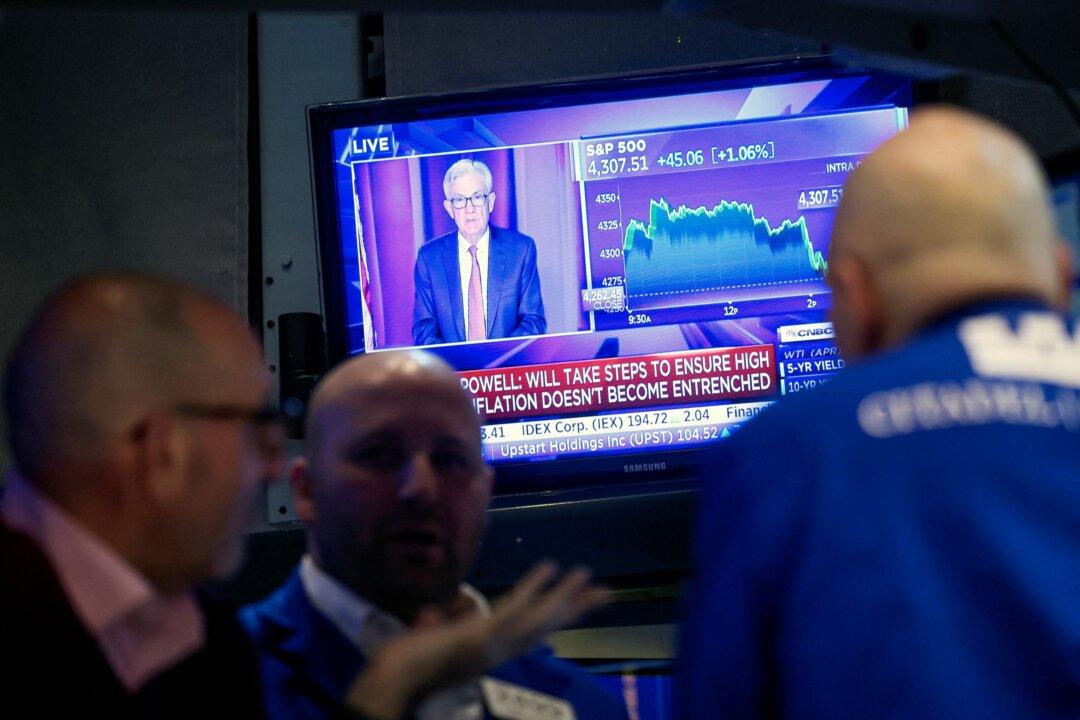News Analysis
With inflation running well above the Fed’s stated target, earlier this month the Fed made its first steps in an attempt to quell inflation, raising the federal funds rate by 25 basis points.

With inflation running well above the Fed’s stated target, earlier this month the Fed made its first steps in an attempt to quell inflation, raising the federal funds rate by 25 basis points.